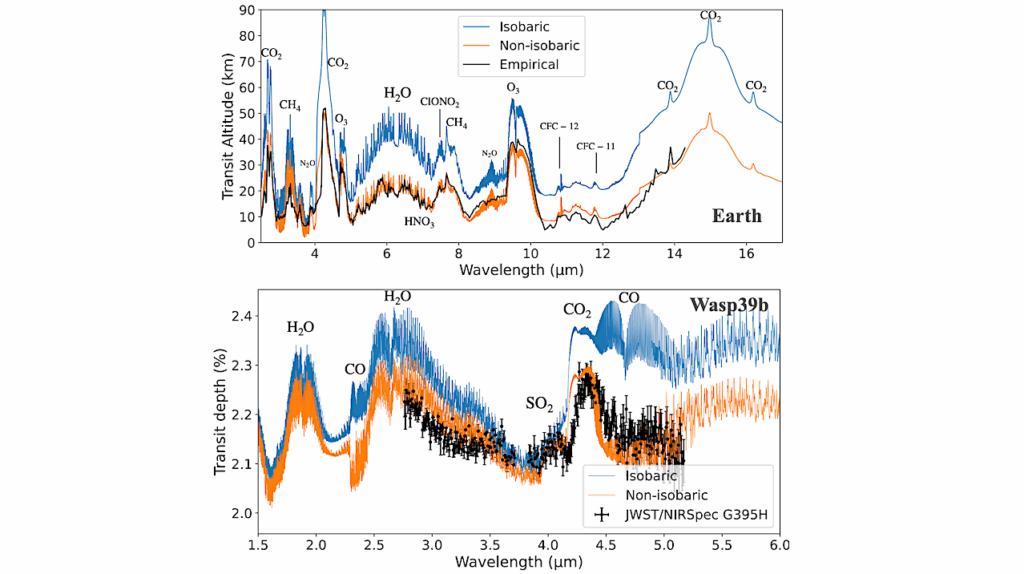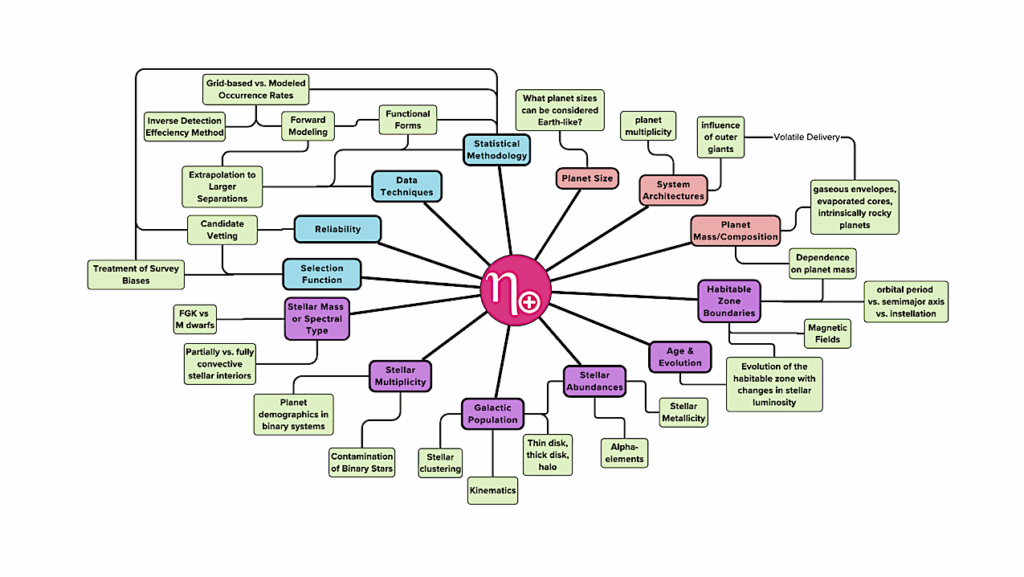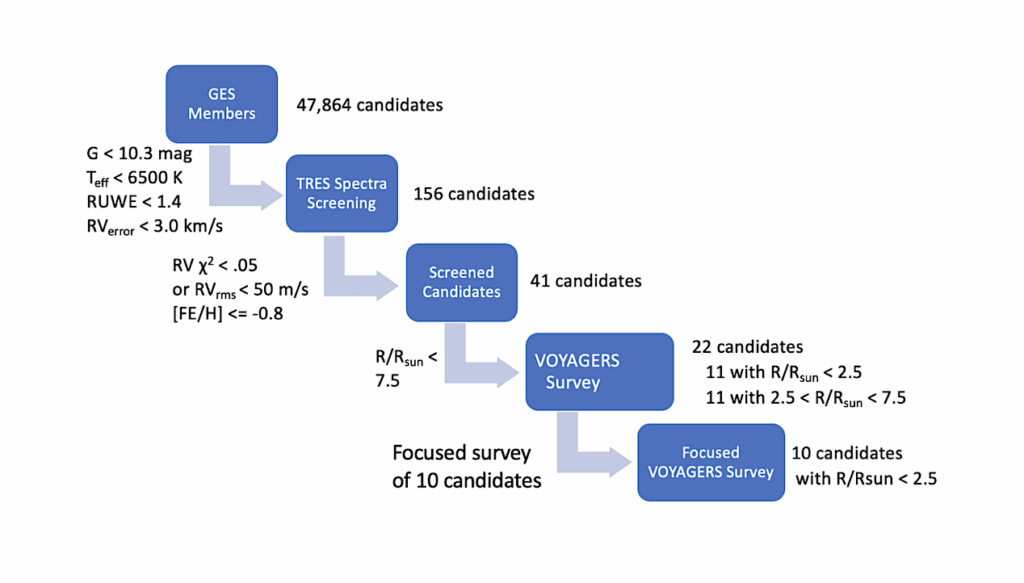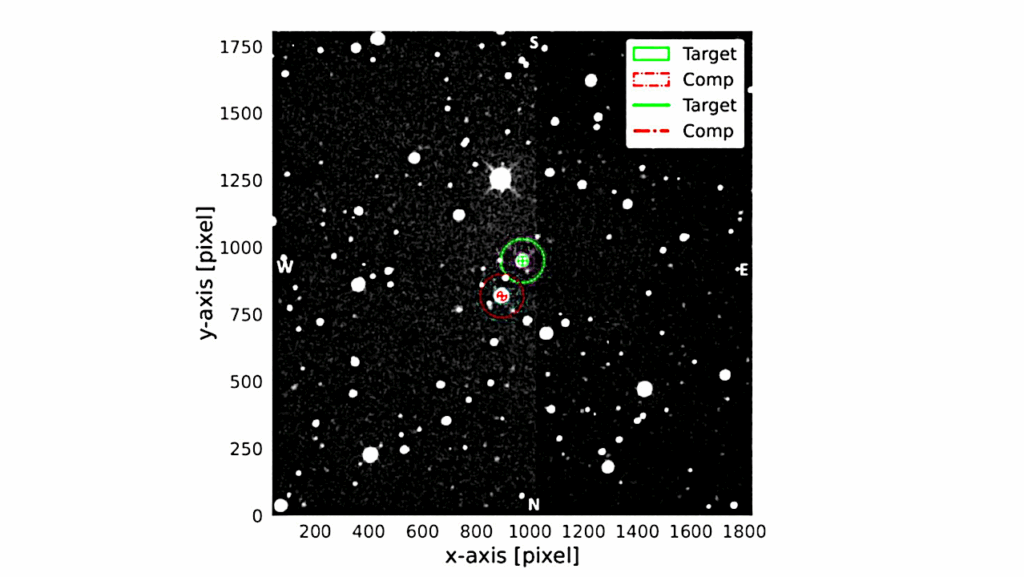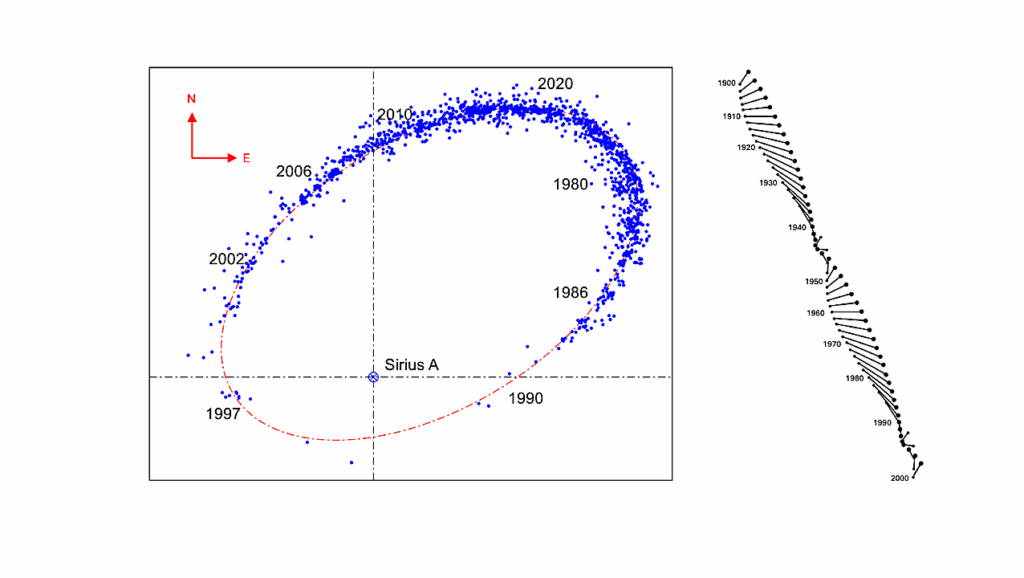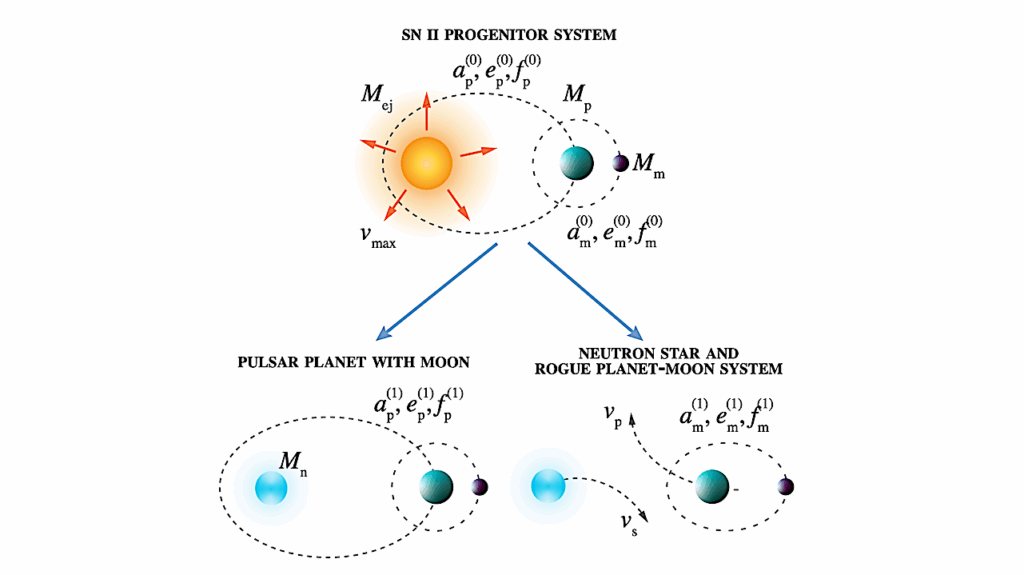Radial Velocity Homogeneous Analysis of M Dwarfs Observed With HARPS. II. Detection limits and Planetary Occurrence Statistics
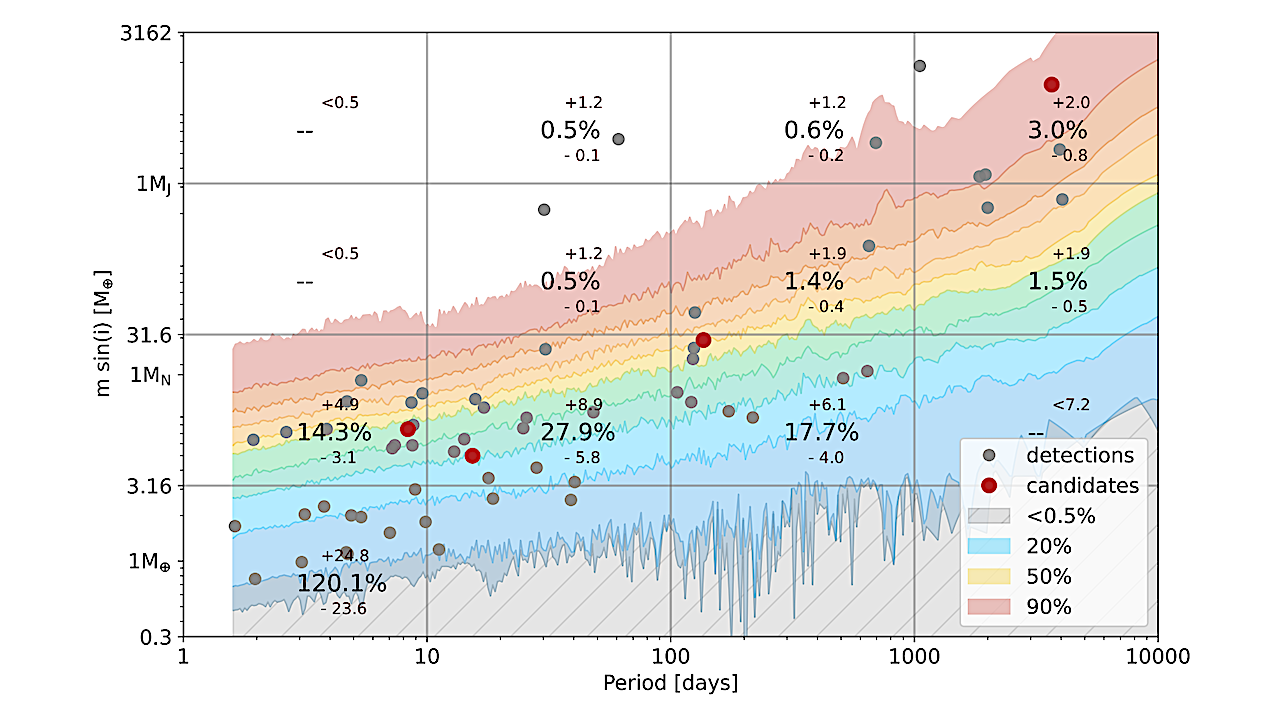
We re-determine planetary occurrences around M dwarfs using 20 years of observations from HARPS on 197 targets.
The first aim of this study is to propose more precise occurrence rates using the large volume of the sample but also variations to previous calculations, particularly by considering multiplicity, which is now an integral part of planetary occurrence calculations.
The second aim is to exploit the extreme longevity of HARPS to determine occurrence rates in the unexplored domain of very long periods. This work relies entirely on the 197 radial velocity time series obtained and analysed in our previous study. By considering they are cleaned of any detectable signal, we convert them into detection limits. We use these 197 limits to produce a detectability map and combine it with confirmed planet detections to establish our occurrence rates.
Finally, we also convert the detection limits from orbital period to insolation in order to construct an occurrence statistics for the temperate zone. We find a strong prevalence of low-mass planets around M dwarfs, with an occurrence rate of 120% for planets with a mass between 0.75 and 3 Me. In addition, we compute an occurrence rate of 45.3% +20-16% for temperate zone planets around M dwarfs.
We obtain an occurrence rate of a few percent for giant planets with wide separations. In our sample these giant planets with wide separations are only detected around the most massive M dwarfs.
L. Mignon, X. Delfosse, N. Meunier, G. Chaverot, R. Burn, X. Bonfils, F. Bouchy, N. Astudillo-Defru, G. Lo Curto, G. Gaisne, S. Udry, T. Forveille, D. Segransan, C. Lovis, N. C. Santos, M. Mayor
Subjects: Earth and Planetary Astrophysics (astro-ph.EP); Solar and Stellar Astrophysics (astro-ph.SR)
Cite as: arXiv:2502.06553 [astro-ph.EP] (or arXiv:2502.06553v1 [astro-ph.EP] for this version)
https://doi.org/10.48550/arXiv.2502.06553
Focus to learn more
Submission history
From: Lucile Mignon
[v1] Mon, 10 Feb 2025 15:21:02 UTC (2,984 KB)
https://arxiv.org/abs/2502.06553
Astrobiology


